If you’re here, you’re probably feeling a bit overwhelmed. You might have come across words like perimenopause and histamine intolerance while browsing social media or searching online. It’s normal to feel confused, but you’re not alone. Let’s break it down, understand what’s happening, and explore ways to find some relief.
What is histamine?
First things first, let’s talk about histamine. Histamine is a natural substance your body makes. It has many different jobs in the body. It’s made from an amino acid called L-histidine. Histamine is primarily stored in special cells called basophils and mast cells, and it gets released when your body needs it.
Histamine interacts with 4 different types of cell receptors in your body. Some of the roles they play in the body include:
- H1R: Involved in allergic reactions.
- H2R: Helps with stomach acid production and relaxes smooth muscles.
- H3R: Affects how brain cells communicate with each other.
- H4R: Helps regulate your immune system.
Most of us are familiar with histamine during allergy season. We use antihistamines to help control those pesky symptoms. Many of us may also be familiar with famotidine (Pepcid®), which is an H2-blocker and used to reduce stomach acid production.
What is histamine intolerance?
Histamine intolerance occurs when your body has too much histamine and not enough enzymes to break it down. The symptoms can feel a lot like allergies. This can happen for a few reasons:
- Low DAO activity. Diamine oxidase (DAO) is an enzyme that helps break down and remove histamine from foods you’ve eaten. Low activity of this enzyme can be due to genetics, certain medications, or other health issues.
- High histamine intake. This can happen if you eat foods high in histamine, like aged cheese, processed meats, alcohol, and some fruits and vegetables.
What is perimenopause?
Perimenopause is the transitional phase leading up to menopause. It usually starts in your 40s, but it can start earlier. During this time, your reproductive hormone levels can go up and down like a rollercoaster, leading to a variety of symptoms:
- Irregular periods
- Hot flashes and night sweats
- Mood swings and irritability
- Sleep disturbances
- Vaginal dryness and decreased libido
The intersection between histamine intolerance and perimenopause
Estrogen plays a role in how your body handles histamine. During perimenopause, your estrogen levels begin to fluctuate and ultimately decline. This may affect how well your body breaks down histamine. You may also notice increased histamine sensitivity. Hormone changes can make you more sensitive to histamine, which can make your symptoms worse.
Overlapping symptoms of histamine intolerance and perimenopause

The symptoms of histamine intolerance and perimenopause can be all over the place, affecting many parts of your body. Many of them overlap, making it tricky to figure out what’s going on. Here are some potential symptoms you might experience with both:
- Headaches and migraines
- Digestive issues, like cramps, bloating, and diarrhea
- Dizziness, heart palpitations, and changes in blood pressure
- Trouble breathing or shortness of breath.
The similarity in symptoms can make it tough to pinpoint the exact cause. Understanding this overlap can help you better manage your symptoms and find the right treatment.
Managing histamine intolerance during perimenopause
Dealing with histamine intolerance and perimenopause can be tough, but there are ways to help you manage and find some relief. Here are some steps you can take:
Dietary changes
A low-histamine diet is considered the gold standard for treating histamine intolerance. To reduce histamine levels, it’s important to avoid or limit foods high in histamine. Some common culprits include:
- Seafood, like mackerel, herring, sardine, and tuna.
- Aged cheeses like Gouda, Camembert, cheddar, Swiss, and Parmesan.
- Processed meats like salami and fermented ham and sausage.
- Alcohol, including white and red wine, beer, and champagne.
- Chocolate.
- Certain fruits and vegetables, like spinach, and eggplant.

Medical support
- Certain antihistamines. Over-the-counter antihistamines may be helpful in preventing more severe symptoms for a short period of time.
- Regular check-ups. Regular visits to your healthcare provider can help monitor your symptoms and adjust your treatment as needed.
- DAO supplements. While not often recommended because there’s limited supporting evidence, some people may feel better with DAO supplements. These supplements can help break down excess histamine.
- Check your medications. Some medicines can make histamine intolerance worse by interfering with DAO’s ability to break down histamine in your body. Common medications that may interfere with DAO include cimetidine, isoniazid, and verapamil. Talk to your doctor to see if this affects you.
By understanding the connection between histamine intolerance and perimenopause, you can take proactive steps to manage your symptoms and improve your quality of life. It’s all about finding what works best for you and making small, easy changes to feel better. Talk to your doctor if you have questions or concerns about your symptoms.
FAQs
Can histamine intolerance be cured?
Histamine intolerance is a chronic condition, but it can be managed effectively with dietary changes and medications. While it may not be "cured”, symptoms can be significantly reduced.
How do I know if I have histamine intolerance?
If you experience a combination of the symptoms mentioned, such as headaches, digestive issues, and skin reactions, and other treatments don’t relieve these symptoms, you may have histamine intolerance. A healthcare provider can help with a proper diagnosis.
Are there any foods I should avoid if I have histamine intolerance?
Foods high in histamine should be avoided. These include aged cheeses, fermented foods, cured meats, alcohol and certain fruits and vegetables. A healthcare provider or a registered dietitian can give you a more complete list that fits your needs.
Can histamine intolerance be genetic?
Histamine intolerance isn’t usually seen as a genetic condition. But some people may have genes that cause lower levels of DAO. This can make it more likely for them to develop histamine intolerance. If you have a family history of similar symptoms, it may be worth exploring this possibility with a healthcare provider.
References
Hrubrisko, M., Danis, R., Huorka, M., & Wawruch, M. (2021). Histamine intolerance —The more we know the less we know. A review. Nutrients, 13(7): 2228. doi: 10.3390/nu13072228
Jochum, C. (2024). Histamine intolerance: Symptoms, diagnosis, and beyond. Nutrients, 16(8): 1219. doi: 10.3390/nu16081219
Jonassen, F., Granerus, G., & Wetterqvist, H. (1976). Histamine metabolism during the menstrual cycle. Acta Obstetricia et Gynecologica Scandinavica, 55(4): 297-304. https://doi.org/10.3109/00016347609158501
Maintz, L. & Novak, N. (2007). Histamine and histamine intolerance. The American Journal of Clinical Nutrition, 85(5): 1185-1196. https://doi.org/10.1093/ajcn/85.5.1185
McGrath, A.P., Hilmer, K.M., Collyer, C.A., Shepard, E.M., Elmore, B.O., Brown, D.E., Dooley, D.M., & Guss, J.M. (2009). Structure and inhibition of human diamine oxidase. Biochemistry, 48(41): 9810-22. doi: 10.1021/bi9014192. PMID: 19764817; PMCID: PMC2791411.
Real, F.G., Svanes, C., Omenaas, E.R., Anto, J.M., Plana, E., Jarvis, D., Janson, C., Neukirch, F., Zemp, E., Dratva, J., Wjst, M., Svanes, K., Leynaert, B., & Sunyer, J. (2008). Lung function, respiratory symptoms, and the menopausal transition. Journal of Allergy and Clinical Immunology, 121(1): 72-80.e3. doi: 10.1016/j.jaci.2007.08.057
Shulpekova, Y.O., Nechaev, V.M., Popova, I.R., Deeva, T.A., Kopylov, A.T., Malsagova, K.A., Kaysheva, A.L., & Ivashkin, V.T. (2021). Food intolerance: The role of histamine. Nutrients, 13(9): 3207. https://doi.org/10.3390/nu13093207
Vallejos, O.P., Bueno, S.M., & Kalergis, A.M. (2025). Probiotics in inflammatory bowel disease: Microbial modulation and therapeutic prospects. Trends in Molecular Medicine. https://doi.org/10.1016/j.molmed.2024.12.005


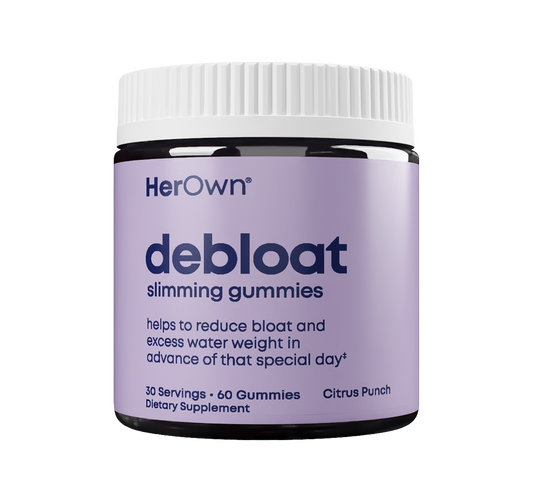
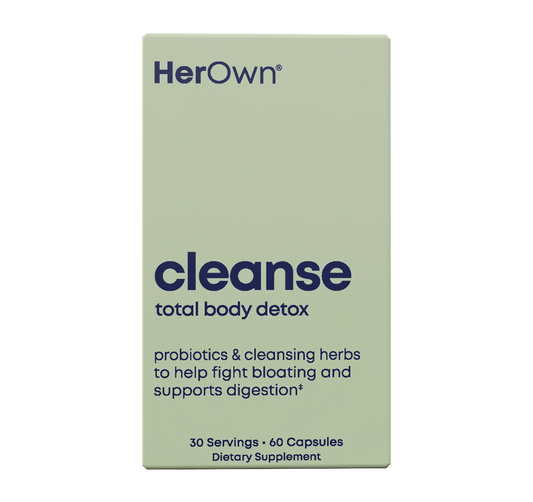
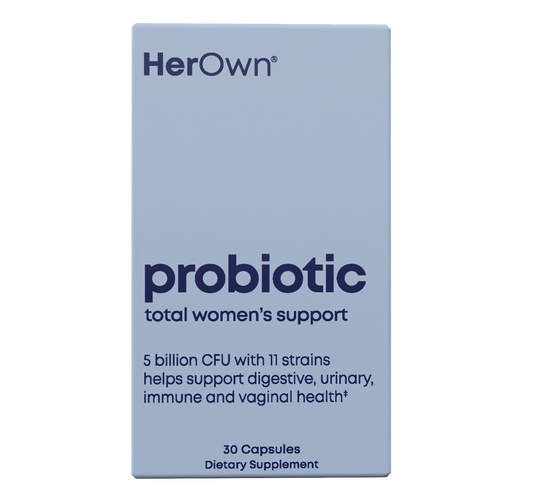
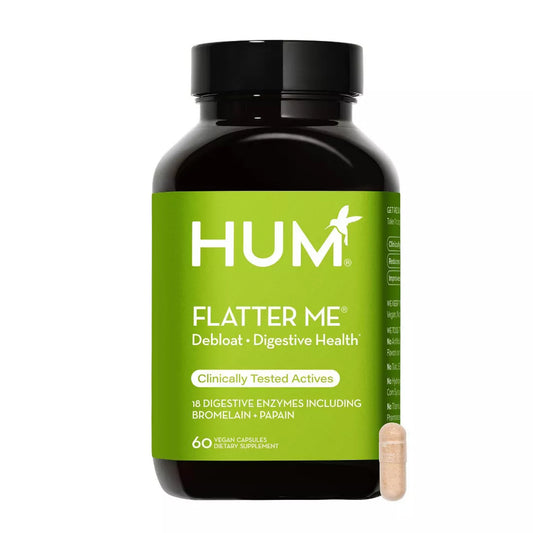
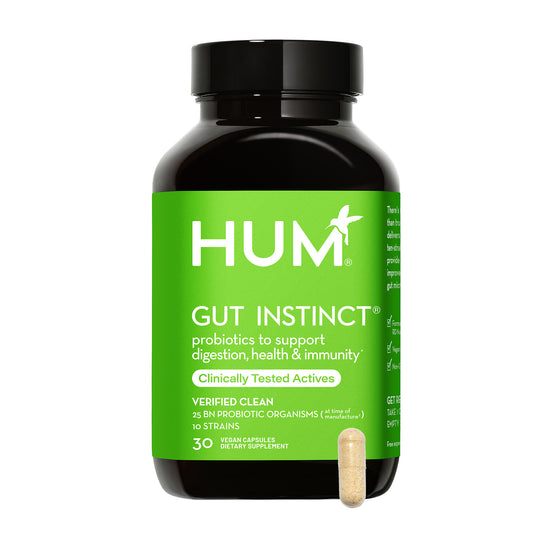
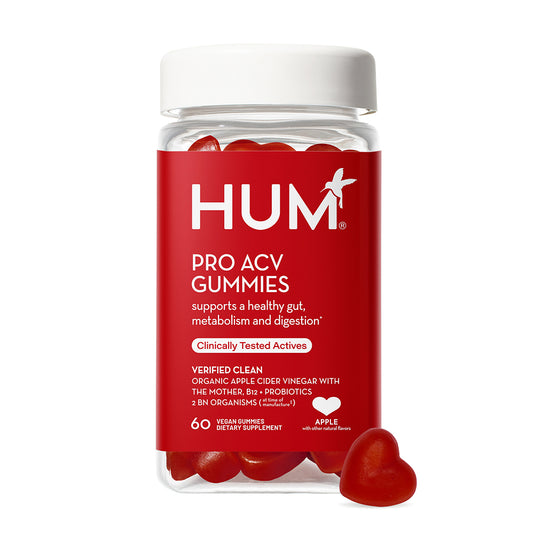
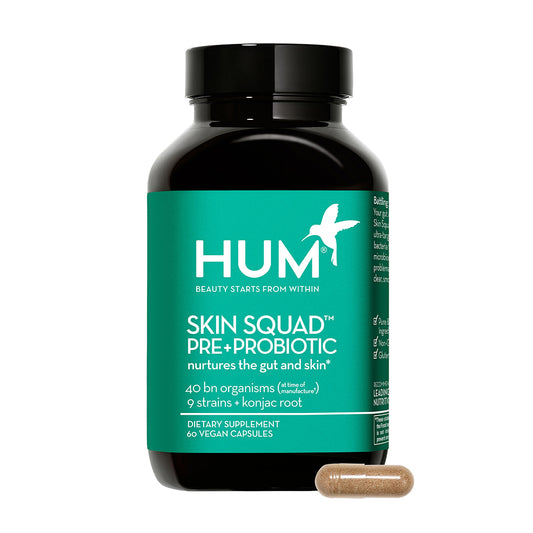
1 comment
Best content I’ve seen on this topic! I’ve had periods of time when my histamine levels were too high, my functional doctor is a strong proponent of famotidine / Pepcid to calm down the histamine noise. Had to eliminate some favorite food offender... s like spinach & eggplant — who knew they exacerbated the issue? I consider myself fairly knowledgeable on the topic, but never heard about the connection to estrogen. Thanks for the great info!